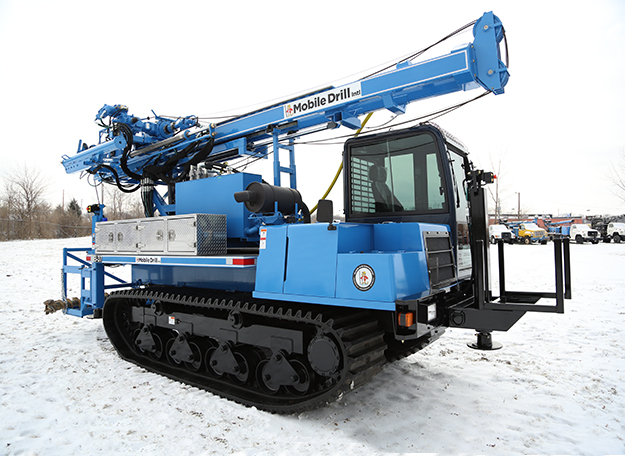

To overcome these challenges, the new Dual String Drilling (DSD) technology which is based on penetration pathway of drilling fluid and rock cuttings during drilling a well. The challenges found in geothermal well drilling have forced the industry to develop new significant cost effective, time saver technologies to go for deeper geothermal resources beyond their traditional limits. The novelty of the new dynamics model is in the ability to solve narrow operational margin between pore pressure and fracture pressure as we move into deeper waters.

Apart from riserless drilling, DSD has an efficient cutting removal capacity, better annular clearance, elimination of differential sticking, better well stability, better well control parameters, reduction of torque and drag, avoid the dynamic equivalent circulating density gradient, and better extended reach drilling.
The results showed that with DSD approach a lot of time will be saved in order to circulate the kick out of the well. The drilling fluid may be separated from the control fluid by using an annular isolator. The method may further include circulating a drilling fluid to a drill bit using inner pipe and the annulus between the inner pipe and outer pipe. In order for controlling fluid contact with a borehole wall during drilling operations include introducing an outer pipe into a borehole and positioning an inner pipe within the outer pipe axially. Therefore, dual string drilling (DSD) can eliminate the marine riser which would result in exploring oil fields in deep and ultra-deepwater economically. As the offshore market is facing the deepwater production challenges, the Oil and Gas Industry is investing in new technologies to bring down costs needed to effectively exploit reservoirs.


 0 kommentar(er)
0 kommentar(er)
